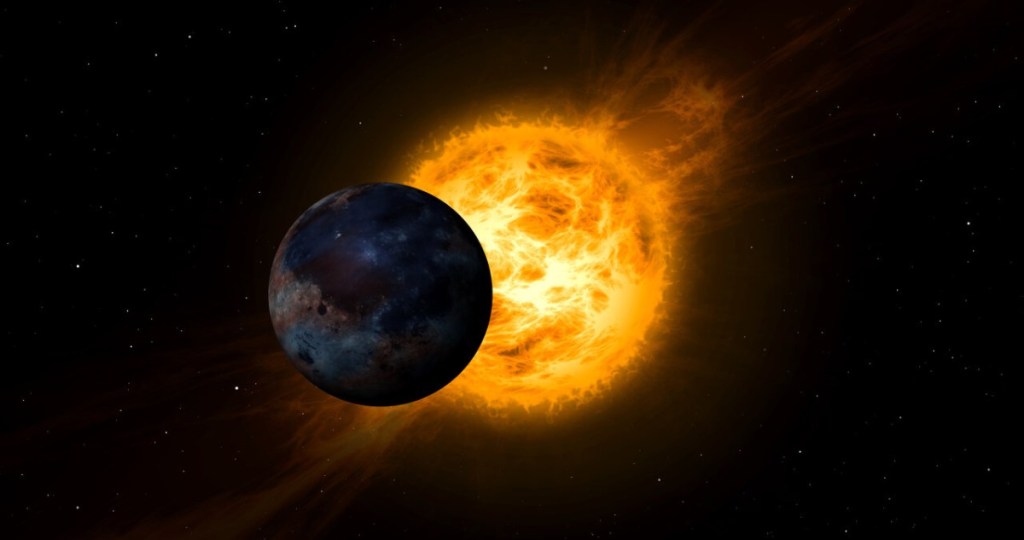Burning Question
Are We Ready for Solar Storms?
Some potential dangers are close at hand: pandemics, extreme weather, volcanoes and computer viruses, among others. Another one is 93 million miles away: the sun. The life-enabling nuclear fusion ball that Walt Whitman marveled as “O so amazing and broad—up there resplendent, darting and burning!” also holds the power to cause chaos for humanity and […]
